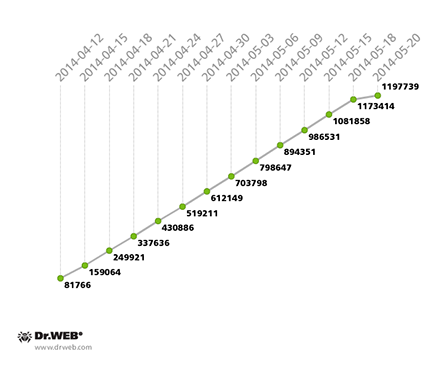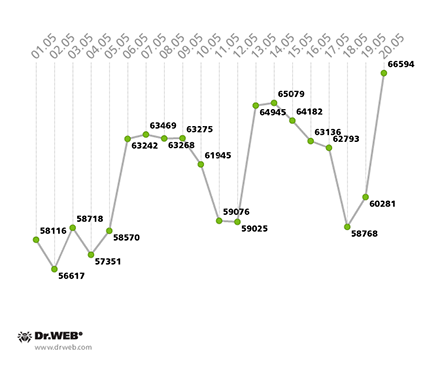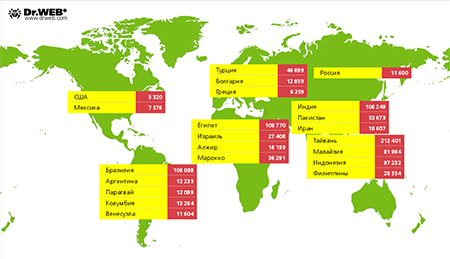| ← Май 2014 → | ||||||
|
4
|
||||||
|---|---|---|---|---|---|---|
|
10
|
11
|
|||||
|
18
|
||||||
|
24
|
||||||
За последние 60 дней ни разу не выходила
Сайт рассылки:
http://av-host.net
Открыта:
09-03-2012
Статистика
0 за неделю








